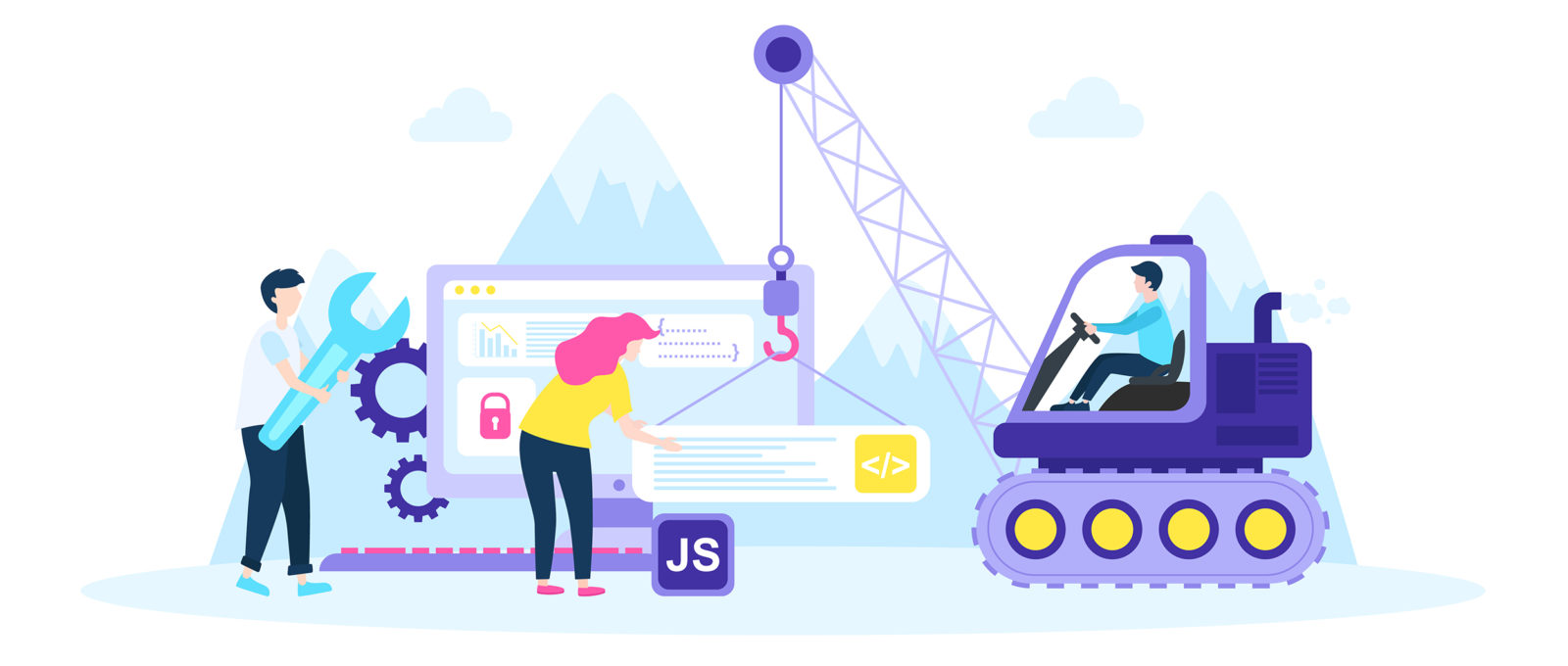The Development Of Website Style: From Earlier Times To Now
The Development Of Website Style: From Earlier Times To Now
Blog Article
Staff Writer-Bradshaw Hejlesen
In the past, internet sites were straightforward and focused on details. Recommended Browsing was straight, and design was for desktops. Now, user experience is essential. Information guides styles for simple navigating. Responsive designs suit various devices. Today, dark setting decreases stress, and minimalist menus boost navigation. Interactive functions engage customers, and vibrant visuals stick out. AI integration boosts involvement. See exactly how style has actually developed to improve your on the internet trip.
Very Early Days of Website Design
In the early days of website design, simplicity preponderated. Internet sites were fundamental, with minimal colors, fonts, and designs. The focus got on providing info as opposed to fancy visuals. Users accessed the web via sluggish dial-up links, so rate and performance were key.
Navigation food selections were straightforward, generally situated on top or side of the page. Sites were developed for desktop computers, as mobile surfing had not been yet common. Content was king, and designers focused on simple readability over complicated layout aspects.
HTML was the key coding language used, and developers had to work within its restraints. Animations and interactive attributes were very little compared to today's criteria. Sites were fixed, with little vibrant content or individualized user experiences.
Surge of User-Focused Layout
With the advancement of internet site style, a change towards user-focused layout concepts has ended up being increasingly prominent. Today, developing sites that focus on customer experience is essential for involving site visitors and accomplishing company objectives. simply click the next website page -focused style entails comprehending the requirements, preferences, and behaviors of your target market to customize the website's format, content, and includes appropriately.
Developers currently carry out extensive study, such as user studies and functionality screening, to gather understandings and comments directly from users. This data-driven strategy helps in producing user-friendly navigating, clear calls-to-action, and aesthetically enticing interfaces that reverberate with visitors. By positioning the individual at the center of the style process, websites can supply a more tailored and enjoyable experience.
Receptive design has also emerged as a key facet of user-focused layout, ensuring that websites are enhanced for various gadgets and screen dimensions. This versatility boosts ease of access and use, satisfying the diverse ways users interact with websites today. In essence, the surge of user-focused layout represents a change in the direction of developing digital experiences that prioritize the demands and expectations of the end individual.
Modern Trends in Website Design
Check out the current fads forming website design today. One famous trend is dark mode design, offering a sleek and contemporary look while decreasing eye strain in low-light atmospheres. An additional essential pattern is minimalist navigating, simplifying menus and boosting user experience by focusing on essential elements. Incorporating micro-interactions, such as animated buttons or scrolling impacts, can produce an extra engaging and interactive website. Receptive style continues to be essential, making sure smooth user experiences across different gadgets. In addition, utilizing bold typography and unbalanced formats can include aesthetic rate of interest and accentuate particular content.
Incorporating AI innovation, like chatbots for customer assistance or customized suggestions, enhances customer involvement and simplifies procedures. Access has likewise become a substantial pattern, with designers prioritizing comprehensive design techniques to cater to varied user requirements. Welcoming sustainability by enhancing website efficiency for rate and effectiveness is another arising trend in website design. Working together with user feedback and information analytics to iterate and boost layout constantly is important for remaining appropriate in the ever-evolving electronic landscape. By welcoming these contemporary patterns, you can develop a visually enticing, straightforward internet site that reverberates with your audience.
Verdict
As you review the evolution of internet site design from the very early days to now, you can see how user-focused layout has come to be the driving force behind modern-day fads.
Welcome the journey of change and adjustment in web design, always maintaining the user experience at the leading edge.
Stay current with the latest trends and technologies, and never stop advancing your method to produce visually spectacular and easy to use websites.
Advance, adapt, and develop - the future of web design remains in your hands.
